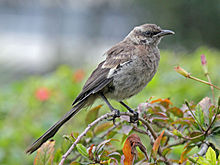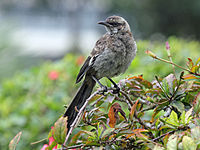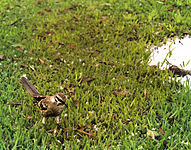
The tropical mockingbird is a resident breeding bird from southern Mexico to northern and eastern South America and in the Lesser Antilles and other Caribbean islands.

The white-whiskered puffbird, also called the white-whiskered soft-wing or brown puffbird, is a near-passerine bird in the family Bucconidae, the puffbirds, nunlets, and nunbirds. It is found from southeastern Mexico through Central America, Colombia, and Ecuador into Peru.

The chalk-browed mockingbird is a bird in the family mimidae. It is found in Brazil, Bolivia, Argentina, Paraguay, Suriname, and Uruguay.

The white-throated screech owl is a small owl found in the Andes of Bolivia, Colombia, Ecuador, Peru and Venezuela.
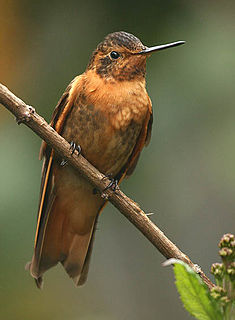
The shining sunbeam is a species of hummingbird in the "brilliants", tribe Heliantheini in subfamily Lesbiinae. It is found in Colombia, Ecuador, and Peru.

The lyre-tailed nightjar is a species of nightjar in the family Caprimulgidae. It is found in Argentina, Bolivia, Colombia, Ecuador, Peru, and Venezuela.

The swallow-tailed nightjar is a species of nightjar in the family Caprimulgidae. It is found in Bolivia, Colombia, Ecuador, and Peru.

The Pacific pygmy owl or Peruvian pygmy owl is a small "typical owl" in subfamily Surniinae. It is found in Chile, Ecuador, and Peru.

The long-tailed potoo is a species of bird in the family Nyctibiidae. It is found in every mainland South American country except Chile and Uruguay.
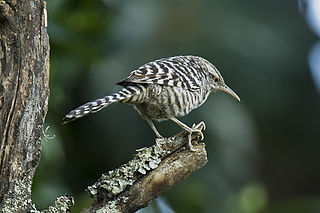
The fasciated wren is a species of bird in the family Troglodytidae. It is found in Ecuador and Peru.

The scaly-breasted thrasher is a species of bird in the family Mimidae. It is found throughout much of the Lesser Antilles of the Caribbean Sea.
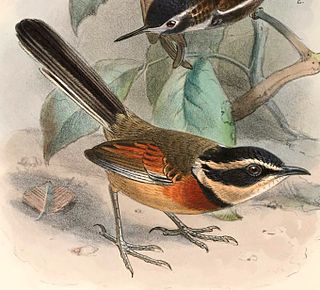
The elegant crescentchest is a species of bird in the family Melanopareiidae. It is found in Ecuador and Peru.

The southern nightingale-wren, also known as the scaly-breasted wren, is a species of bird in the family Troglodytidae. It is found in Bolivia, Brazil, Colombia, Costa Rica, Ecuador, Panama, Peru, and Venezuela.
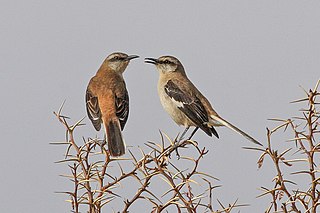
The brown-backed mockingbird is a species of bird in the family Mimidae. It is found in Argentina and Bolivia.

The Bahama mockingbird is a species of bird in the family Mimidae. It is found in the Bahamas, Cuba, Jamaica and the Turks and Caicos Islands, and is a vagrant to Florida.

The Patagonian mockingbird is a species of bird in the family Mimidae. It is found in much of Argentina and locally in Chile.

The Chilean mockingbird, locally known as tenca, is a species of bird in the family Mimidae. It primarily inhabits Chile's northern half, though there are sightings in Argentina.

The white-banded mockingbird is a species of bird in the family Mimidae. It is found in Argentina, Bolivia, Brazil, Chile, Paraguay, and Uruguay.
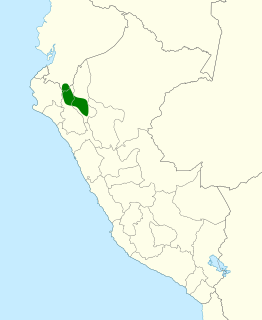
The speckle-breasted wren is a species of bird in the family Troglodytidae. It is found in Colombia, Ecuador, and Peru.

The superciliated wren is a species of bird in the family Troglodytidae. It is found in Ecuador and Peru.
